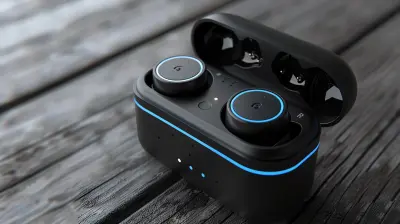Biometric Innovations: Unlocking Gadgets with a Glance
1 June 2025
Ever found yourself fumbling for your phone in public, attempting to punch in your passcode with sweaty fingers, only to have it rejected multiple times? Yeah, we've all been there. But thanks to biometric innovations, those days are quickly becoming a thing of the past. We're now living in a world where unlocking your gadgets is as simple as glancing at them. No typing, no swiping, just a quick peek, and you're in. It sounds futuristic, but it's happening now, and it's changing the way we interact with our devices.
So, what's the deal with these biometric systems? What makes them so special? And why should you care? Let's dive deep into the exciting world of biometric innovations and how they're transforming the way we unlock and use our gadgets.
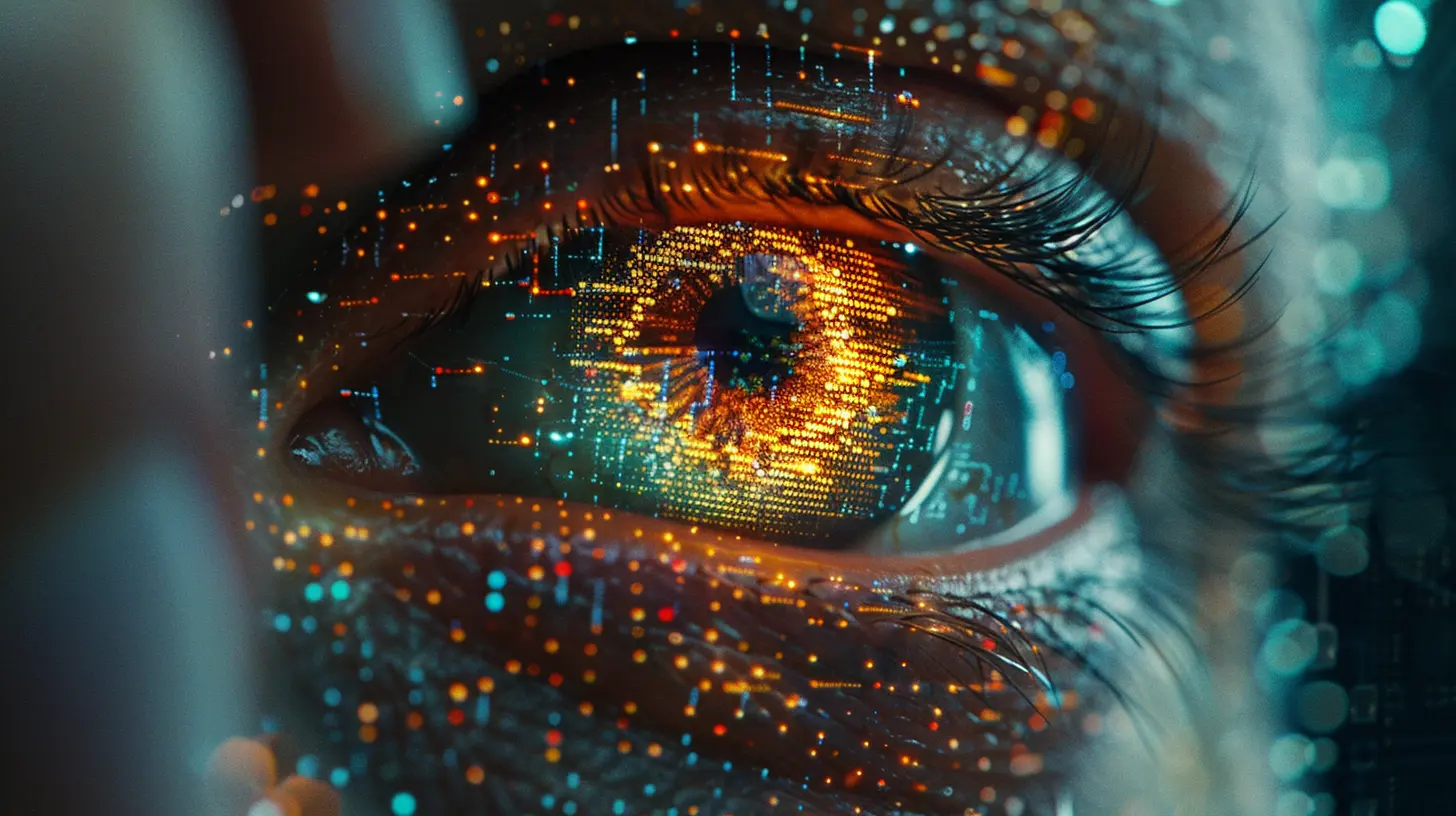
What Are Biometrics?
Before we get too far ahead, let’s break down the basics. Biometrics are biological measurements or physical characteristics that can be used to identify individuals. Think of it like a unique key that only you have. Things like your fingerprint, face, iris, or even your voice can be used as your personal identifier.The beauty of biometrics is that they’re incredibly difficult to replicate. Unlike passwords, which can be guessed or stolen, your biometric traits are uniquely yours. That’s why they've become such a hot topic in the tech world, especially when it comes to unlocking devices.
Types of Biometric Systems
There are several types of biometric systems available today, each with its own advantages and challenges. Here's a quick rundown of the most popular ones:- Fingerprint Recognition: Probably the most well-known, fingerprint scanning has been around for a while. It's fast, fairly accurate, and widely used in smartphones and laptops.
- Facial Recognition: This system scans the unique characteristics of your face, like the distance between your eyes or the shape of your nose, to verify your identity. Think Apple's Face ID.
- Iris Scanning: This one’s a bit more high-tech. It involves scanning the patterns in your iris (the colored part of your eye) for identification. It's incredibly secure but not as common in everyday gadgets.
- Voice Recognition: By analyzing the way you speak, including your tone and pitch, voice recognition systems can confirm your identity. This tech is becoming more prevalent in virtual assistants like Siri or Alexa.
- Palm/Vein Recognition: A less common but still fascinating biometric method, this one scans the unique pattern of veins in your hand. It's mainly used in high-security environments but could trickle down to consumer gadgets in the future.
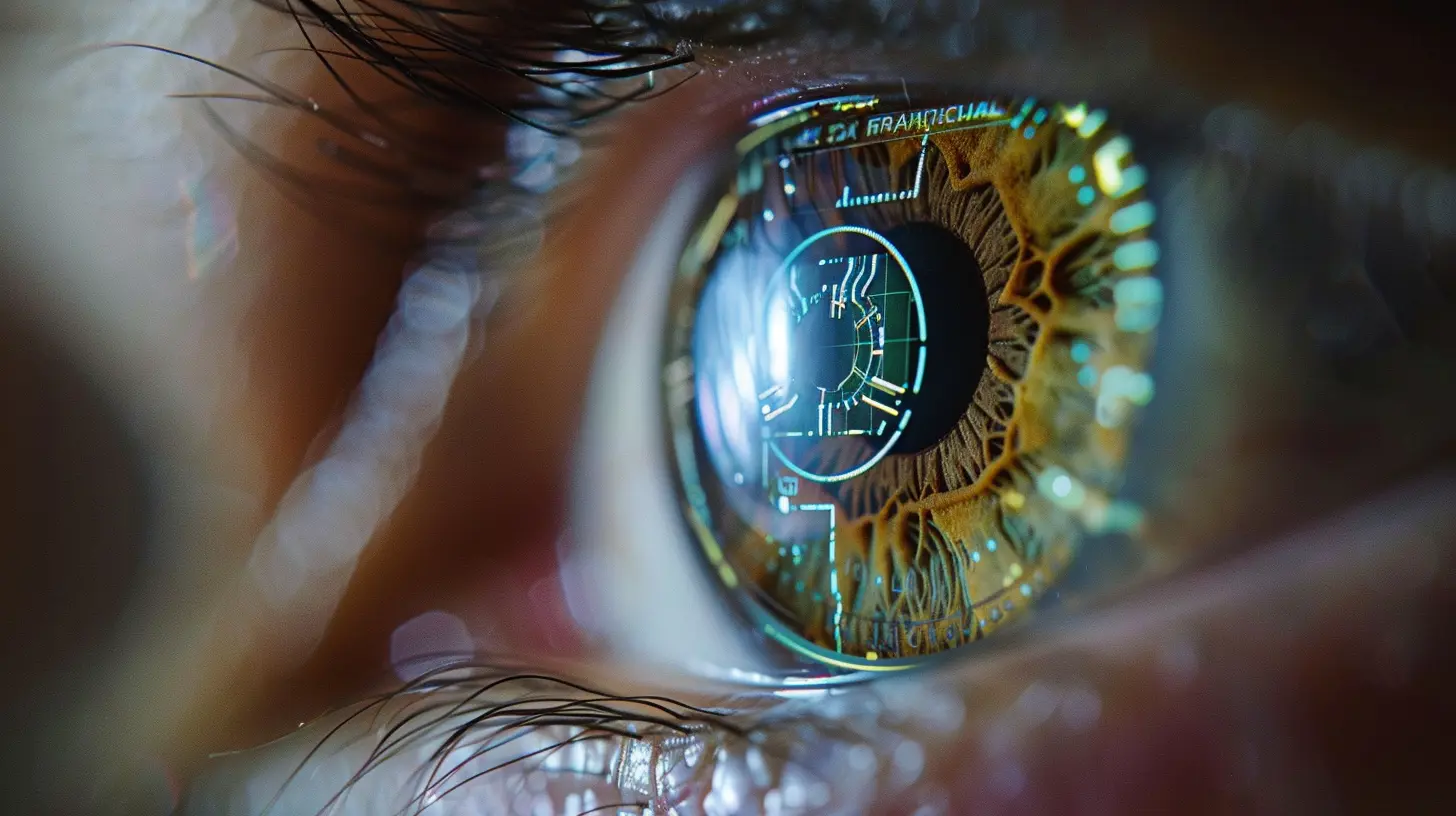
Why Biometrics Matter
Okay, so biometrics sound cool, but what’s the big deal? Why are companies like Apple, Samsung, and Google investing so much in this technology? The answer is simple: convenience and security.Convenience
Let's face it—passwords suck. They're hard to remember, easy to forget, and often not as secure as we'd like them to be. How many times have you had to reset your password because you couldn’t remember it? With biometrics, you don’t need to remember anything. Your face, fingerprint, or voice is always with you, making it easier and faster to unlock your devices.Imagine walking up to your laptop, and instead of typing in a long, complicated password, you just sit down, and it instantly recognizes you. It's like having a VIP pass to your own digital world.
Security
Beyond convenience, biometric systems offer a higher level of security. Passwords can be stolen, guessed, or hacked, but replicating someone's face or fingerprint? That’s a lot harder. Biometric data is unique to each individual, making it a far more secure way to protect your devices.However, it's not just about preventing unauthorized access. With biometrics, you can also make secure transactions, log into your bank account, or even verify your identity for government services. It's like living in a sci-fi movie, but it's real life.
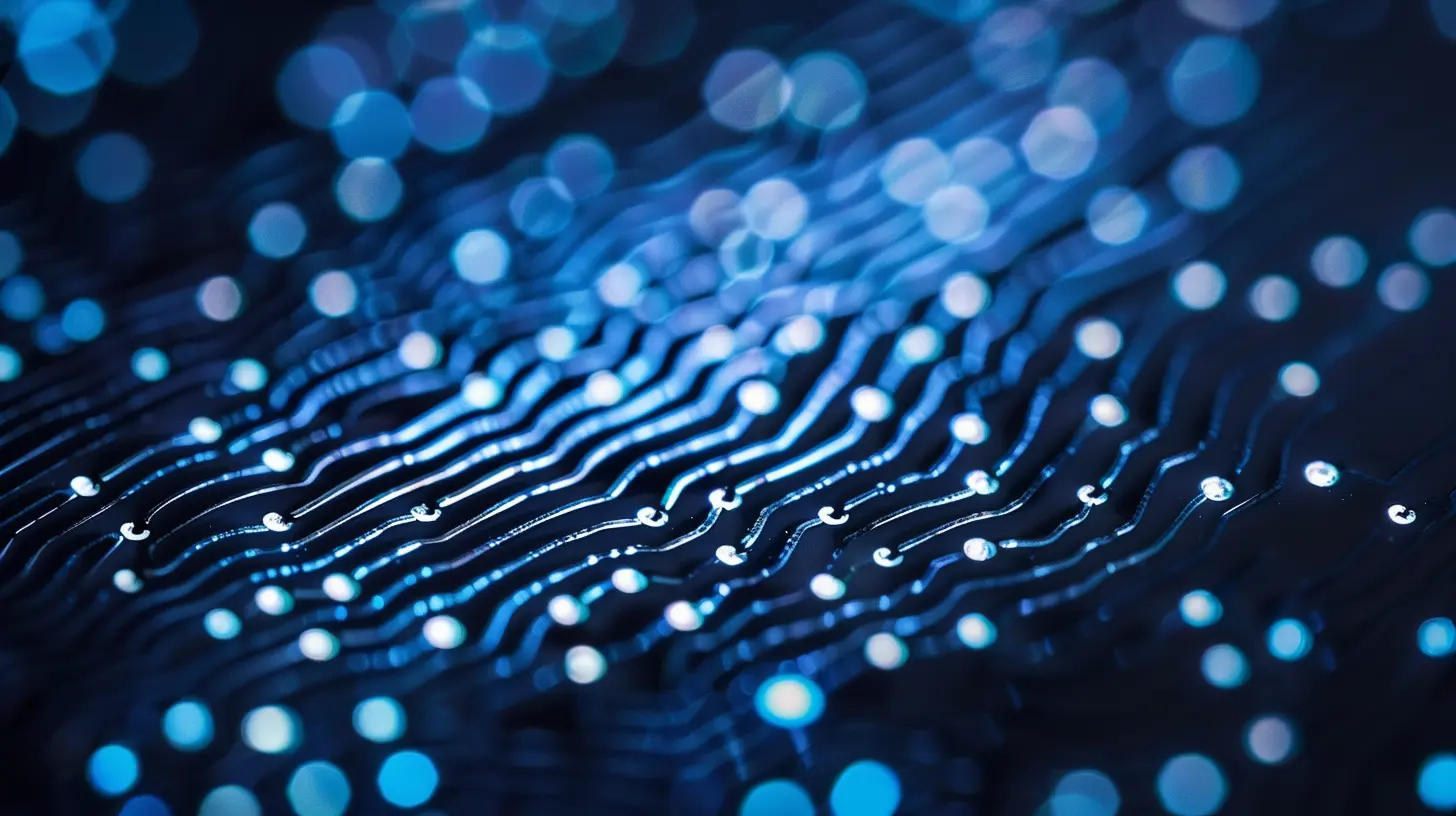
How Biometrics Have Evolved
Biometrics have come a long way from their early days. Remember when fingerprint scanners were a novelty on smartphones? They were often slow and required multiple attempts to unlock your device. Fast forward to today, and these systems have become lightning fast and incredibly accurate.The Rise of 3D Facial Recognition
Facial recognition has seen some of the most significant advancements in recent years. Early versions of this technology simply used a 2D scan of your face, which could easily be fooled by a photo. But now, with 3D facial recognition, we're entering a whole new level of security.Apple's Face ID, for example, uses a combination of infrared sensors, dot projectors, and cameras to create a detailed 3D map of your face. It’s so advanced that it can recognize you even if you’re wearing glasses, a hat, or have grown a beard. And with each use, it gets smarter, learning subtle changes in your appearance to prevent false rejections.
AI and Machine Learning Integration
Another game-changer for biometrics has been the integration of artificial intelligence (AI) and machine learning. These technologies allow biometric systems to continuously improve. They can learn from patterns and adapt to changes, making them more accurate over time.For example, if you’re using voice recognition and you catch a cold, a smart system will still recognize you because it has learned the nuances of your voice. Similarly, facial recognition systems using AI can adapt to changes in lighting or small facial alterations, offering a seamless experience.
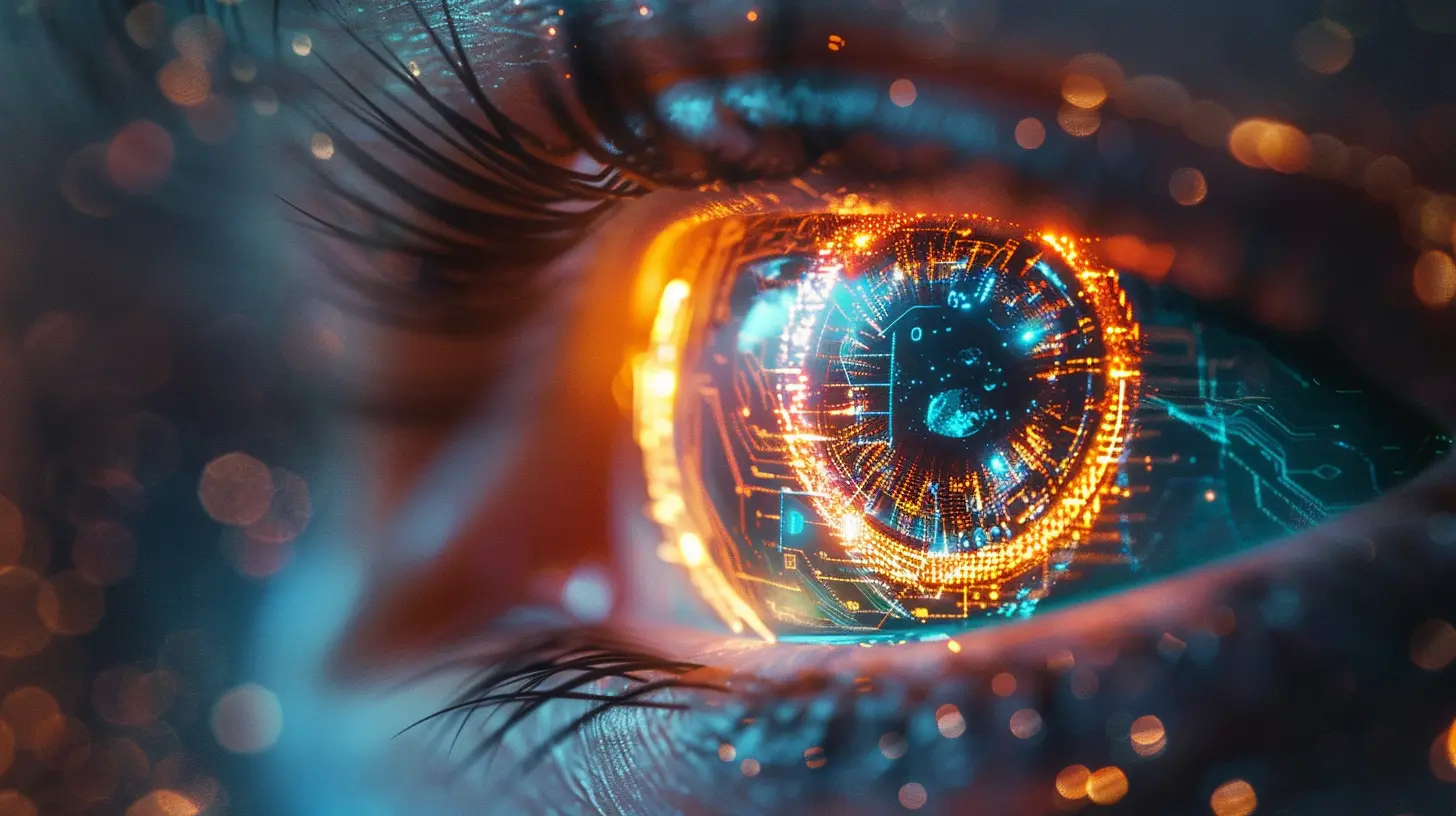
The Challenges of Biometrics
While biometrics are impressive, they aren’t without their challenges. No technology is perfect, and biometrics are no exception. Here are a few issues that still need to be addressed:Privacy Concerns
One of the biggest concerns with biometrics is privacy. When you use facial recognition or fingerprint scanning, you're handing over incredibly personal data. What happens if that data gets hacked or leaked? While most companies claim to store biometric data securely, the thought of sensitive information falling into the wrong hands is enough to make anyone uneasy.Moreover, there’s the issue of surveillance. With the rise of facial recognition in public spaces, some people worry about being constantly tracked. It’s one thing to unlock your phone with your face, but it’s another to have your every movement monitored by cameras on the street.
False Positives/Negatives
No biometric system is 100% accurate. There’s always a risk of false positives (where someone else is incorrectly identified as you) or false negatives (where the system fails to recognize you). While these instances are rare, they do happen, especially with older or less advanced systems.Accessibility Issues
Not every biometric system is accessible to everyone. For example, facial recognition might not work well for people with certain facial conditions, and fingerprint scanners might struggle with people who have worn or scarred fingertips. It’s important for companies to consider all users when designing biometric systems to ensure inclusivity.The Future of Biometric Innovations
So, where do we go from here? If recent developments are any indication, biometric technology is only going to get more advanced, more secure, and more integrated into our daily lives. Let’s take a look at some potential future innovations:Wearable Biometric Devices
Imagine unlocking your phone or making a payment just by wearing a smartwatch or a ring. Wearable devices are already packed with sensors, so it’s not a stretch to think that biometric authentication could be integrated into these gadgets in the near future. Your watch might one day analyze your heart rate or detect the unique pattern of your skin to verify your identity.Multimodal Biometrics
Instead of relying on just one biometric factor, future systems could use multiple forms simultaneously, making the process even more secure. For instance, your smartphone could combine facial recognition with voice recognition or even fingerprint scanning for a multi-layered approach. This would make it nearly impossible for anyone to spoof your identity.Behavioral Biometrics
Beyond physical traits, behavioral biometrics are also gaining traction. These systems analyze the way you interact with your devices—how you type, swipe, or move your mouse. Since everyone’s behavior is unique, this could serve as an additional layer of security, one that’s nearly impossible to mimic.Quantum-Proof Biometrics
With the rise of quantum computing on the horizon, there’s a growing need for more secure encryption methods. Quantum-proof biometrics could be the answer, combining advanced biometric authentication with quantum-resistant algorithms to ensure your data stays secure in a post-quantum world.
Final Thoughts
Biometric innovations are revolutionizing the way we interact with our gadgets, offering unparalleled convenience and security. From facial recognition to fingerprint scanning, these technologies are making it easier than ever to unlock our devices, access sensitive information, and even make secure transactions.But as with any technology, there are challenges to overcome, particularly in the areas of privacy, accuracy, and accessibility. As biometric systems continue to evolve, we can expect to see even more sophisticated and secure methods of authentication, potentially blending physical and behavioral traits for seamless, foolproof identification.
In the future, unlocking your gadgets with a glance might just be the beginning. Who knows what other biometric wonders are waiting around the corner?
all images in this post were generated using AI tools
Category:
Technology InnovationAuthor:

Adeline Taylor
Discussion
rate this article
3 comments
Chloe Ruiz
In a world where gazes can unlock secrets, biometric innovations blur the line between convenience and privacy. As we embrace this new frontier, will our eyes become the keys to our digital lives, or a window to unforeseen vulnerabilities?
June 20, 2025 at 10:50 AM

Adeline Taylor
Great observation! Biometric innovations offer both convenience and potential risks; striking a balance between security and privacy will be crucial as we advance.
Lola Whitaker
This article highlights the incredible advancements in biometric technology, making our devices more accessible and secure. It's fascinating to see how these innovations can enhance our daily lives while addressing privacy concerns. Exciting times ahead for tech enthusiasts!
June 5, 2025 at 1:04 PM

Adeline Taylor
Thank you for your insightful comment! I'm glad you found the advancements in biometric technology intriguing and relevant to our daily lives. Exciting times indeed!
Isaac O'Neal
Biometric innovations promise unparalleled convenience, yet they raise profound questions about privacy and consent. As technology evolves, we must consider the balance between security and individual rights, ensuring that our desire for ease doesn’t compromise our autonomy.
June 4, 2025 at 11:57 AM

Adeline Taylor
Thank you for your insightful comment! Balancing convenience with privacy is crucial as we embrace biometric innovations. It’s vital to ensure that technological advancements respect and protect individual rights.


